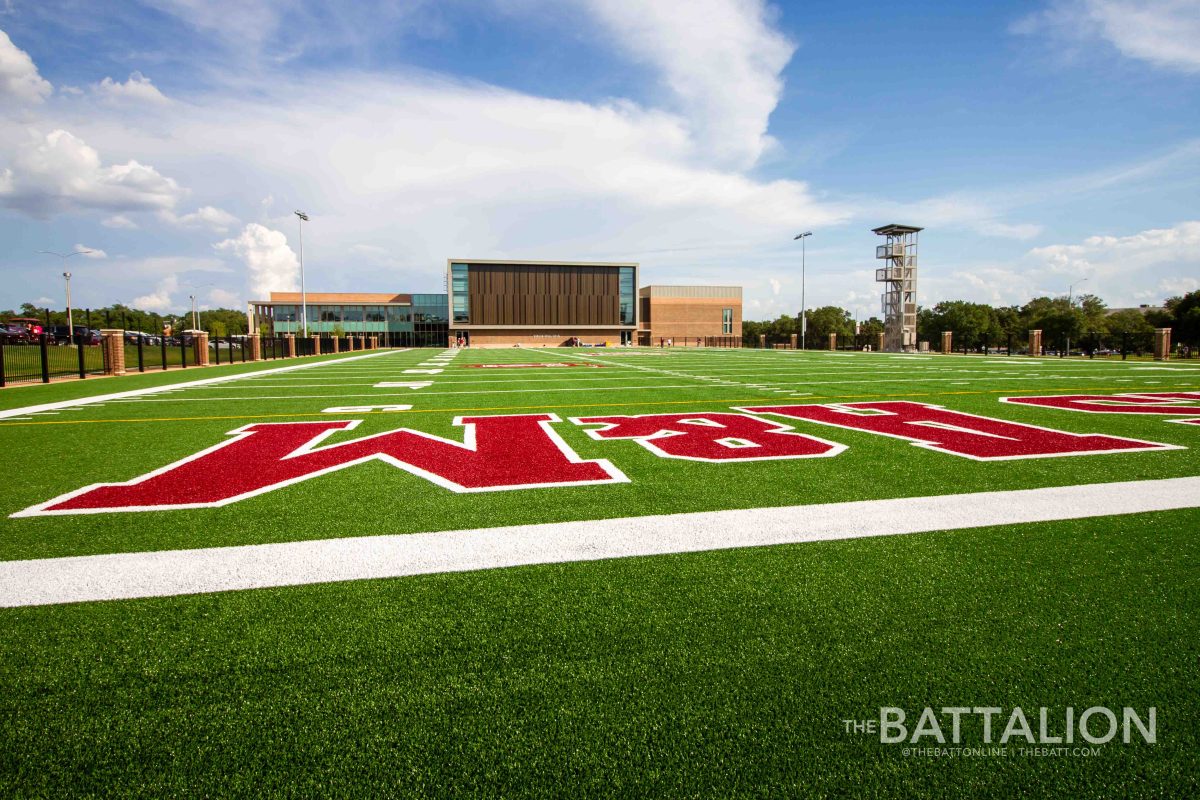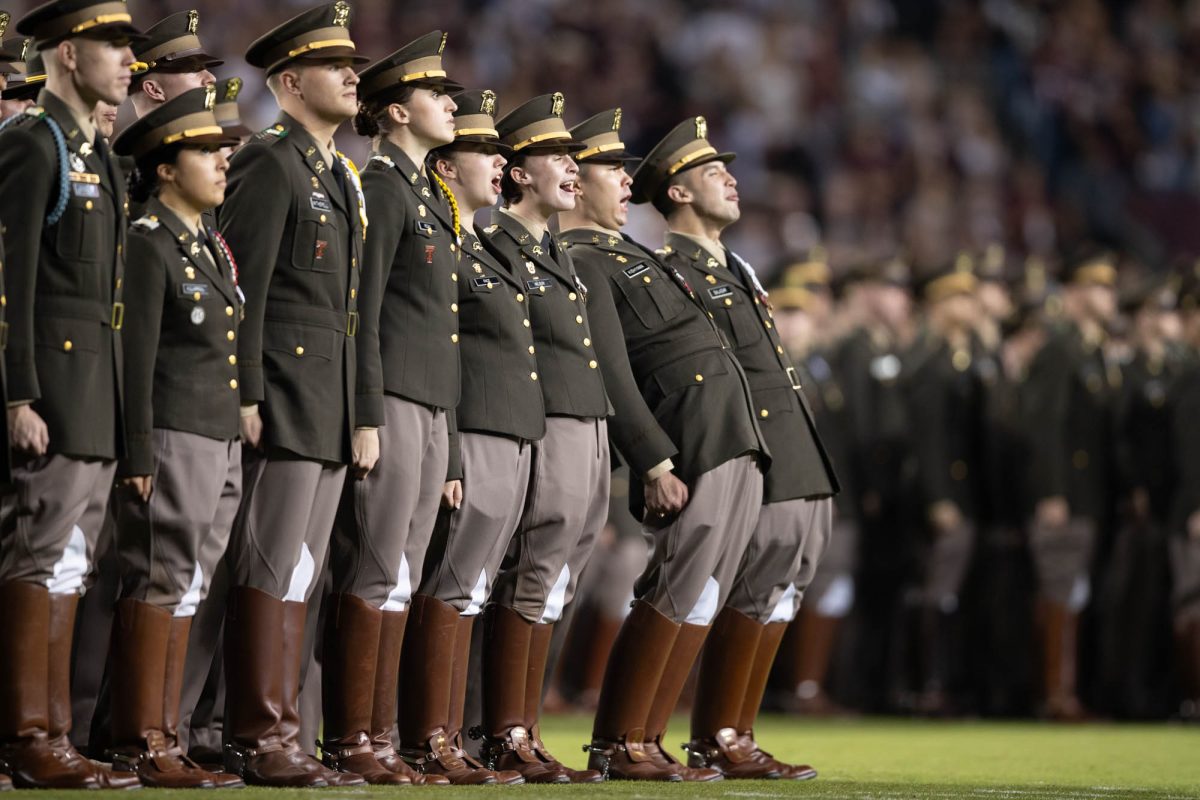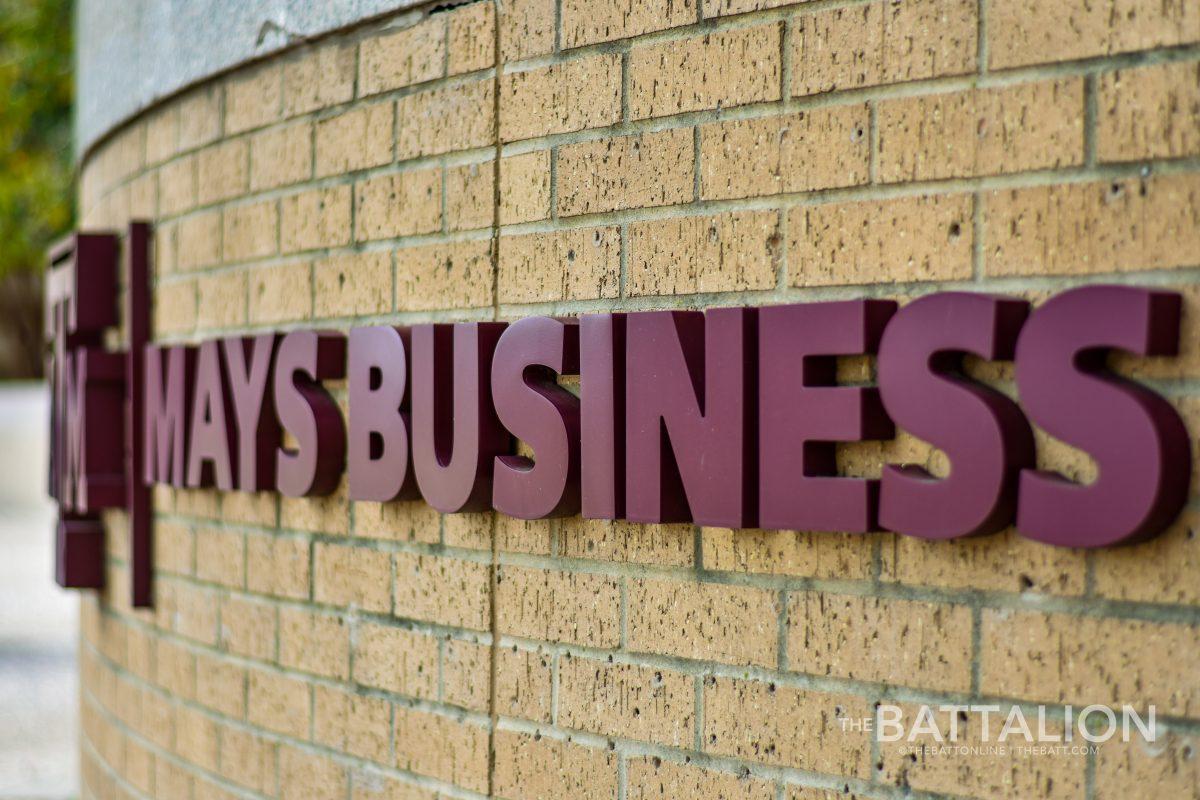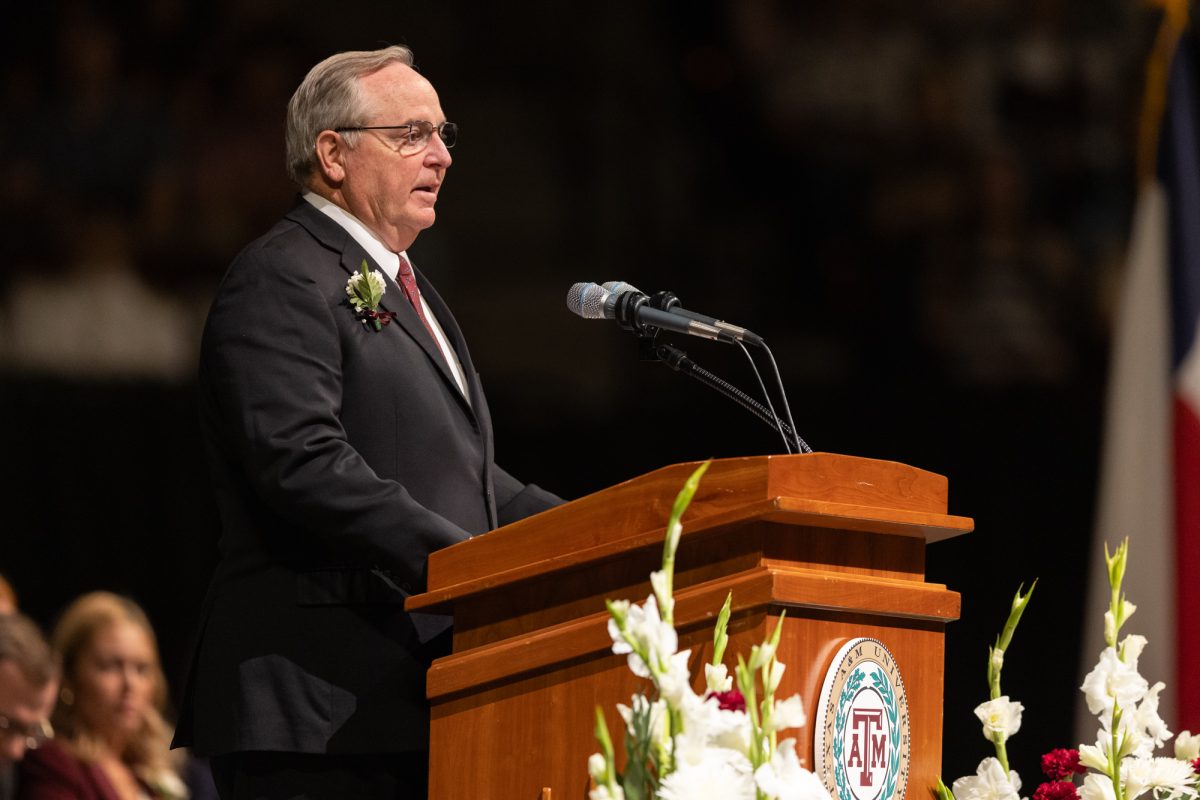After 25 years of planning and $40 million dollars in funding, the John D. White ’70 – Robert L. Walker ’58 Music Activities Center is open to students.
For 49 years, the A&M bands, orchestras and choral groups have been housed across campus in buildings and offices which these programs had started to outgrow.
Timothy Rhea, director of bands and music activities, was involved in the creation of the Music Activities Center since its inception and said a big priority when creating the facility was simply having room for the students.
“The bands and the orchestra practiced in the Adams Band Building, which was built in 1970 for an Aggie Band of about 250 people,” Rhea said. “At that time, there were no concert bands or orchestras, so the building was outgrown almost the minute we moved into it.”
Before the opening of the Music Activities Center, the Fightin’ Texas Aggie Band — the largest military marching band in the nation — was often forced to practice its music outside.
“At the old band hall, all of the bands and the orchestras had to share one rehearsal hall, so we couldn’t do any sectional work or have people break into smaller groups,” Rhea said. “There were no individual rehearsal spaces. All of these things have been addressed in the new Music Activity Center, so everything in this building takes us to an even higher level.”
The new center has soundproof rehearsal halls, individual practice rooms, administration offices, storage lockers, a student lounge and a turf field that has replaced Haney Drill Field as the marching rehearsal home for the Fightin’ Texas Aggie Band.
“It’s amazing honestly; I don’t know how to describe it,” said elementary education sophomore and Aggie Band member Courtney Eeds.“It feels so great to wake up every morning and get to come practice on our brand new turf field, and it is something we take so much pride in and make sure we take care of.”
Eeds said she joined the Corps of Cadets specifically to play in the band. The MAC is one of her favorite buildings on campus.
“Getting to come in here and practice every day is such a huge blessing because other colleges don’t have facilities like this,” Eeds said. “Every band hall here is named after someone, so getting to practice in here, we know that we are making someone proud.”
Bailey Carwile, an animal science junior who leads A&M a cappella group The Femmatas, said being able to use the MAC rather than the Choral Activities Office in the basement of the MSC has allowed for faster, more efficient rehearsals.
“Our practices are moving much faster because the MAC ensemble rooms have a Bluetooth option, so we can play our arrangements off of our phones over the speakers,” Carwile said. “We can actually hear our music now instead of all having to crowd around someone’s iPhone.”
Carwile said she hopes that the building of the MAC might also be a step toward bringing back a specific degree in music at A&M. The major was removed from A&M’s catalog in summer of 2015 and replaced with the broader performance studies major.
“I think that the building of the facility definitely sets up A&M to offer a music major in the future,” Carwile said. “I think it would be really great to rebuild the music program here.”
Finding home and harmony
September 18, 2019
Photo by Photo by Meredith Seaver
The Dunlap Drill Field is a turf replica of Kyle Field at the Music Activities Center.
0
Donate to The Battalion
Your donation will support the student journalists of Texas A&M University - College Station. Your contribution will allow us to purchase equipment and cover our annual website hosting costs.
More to Discover










